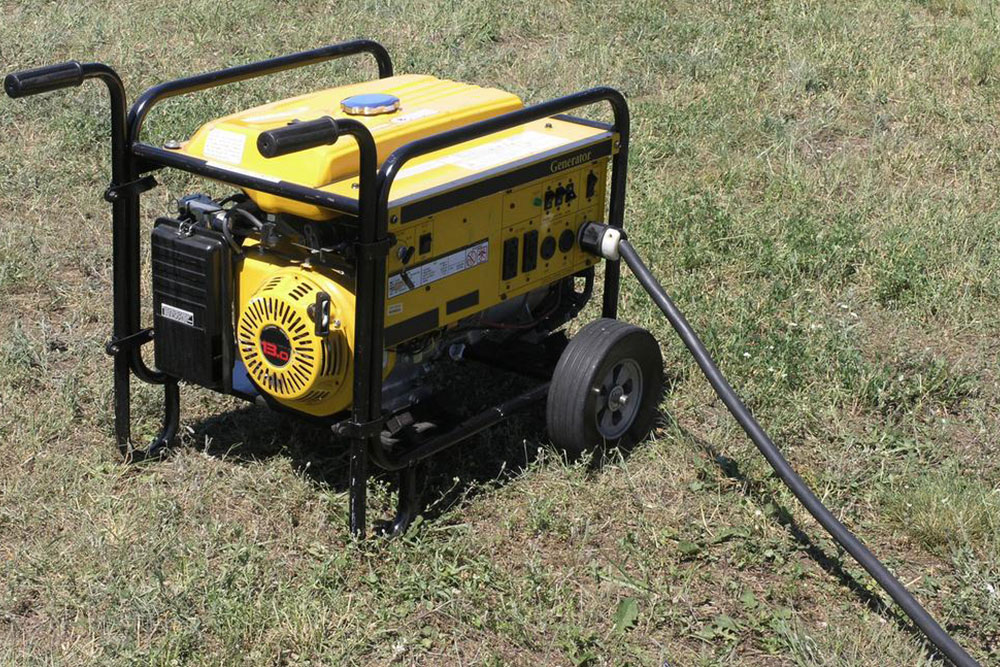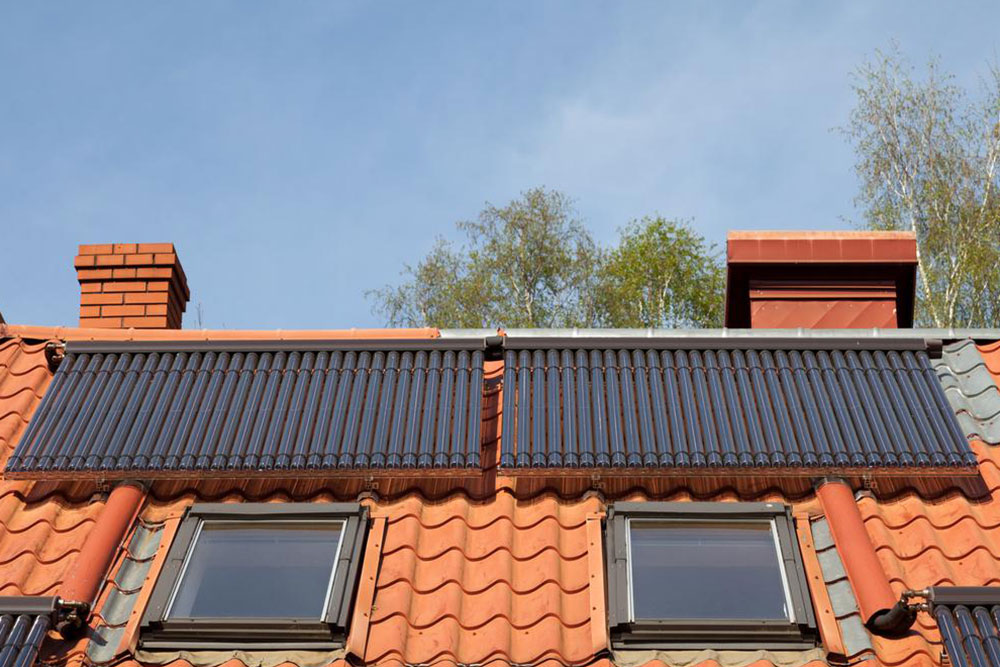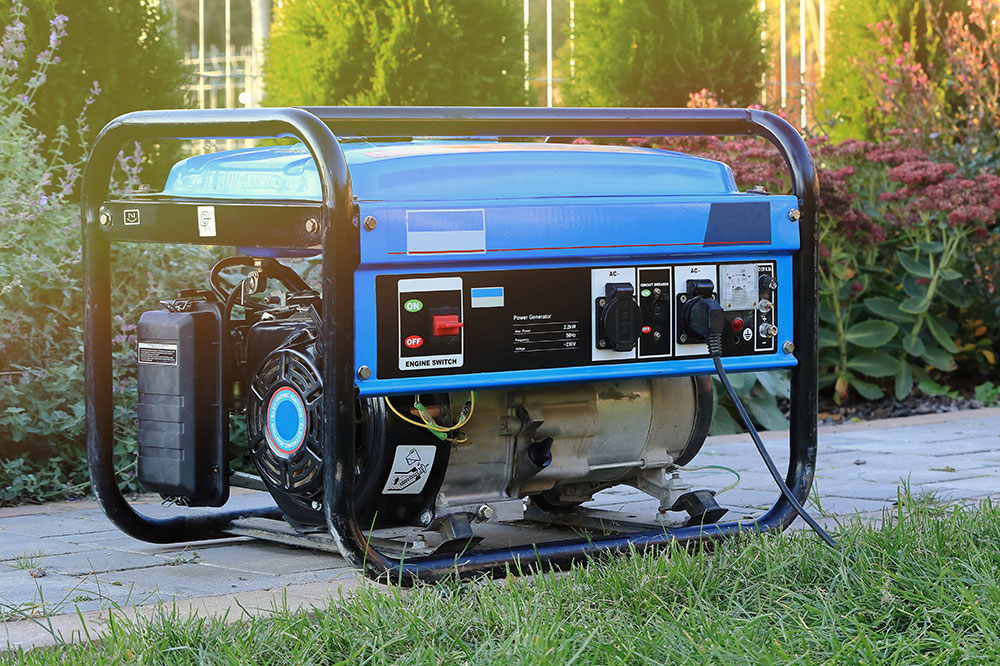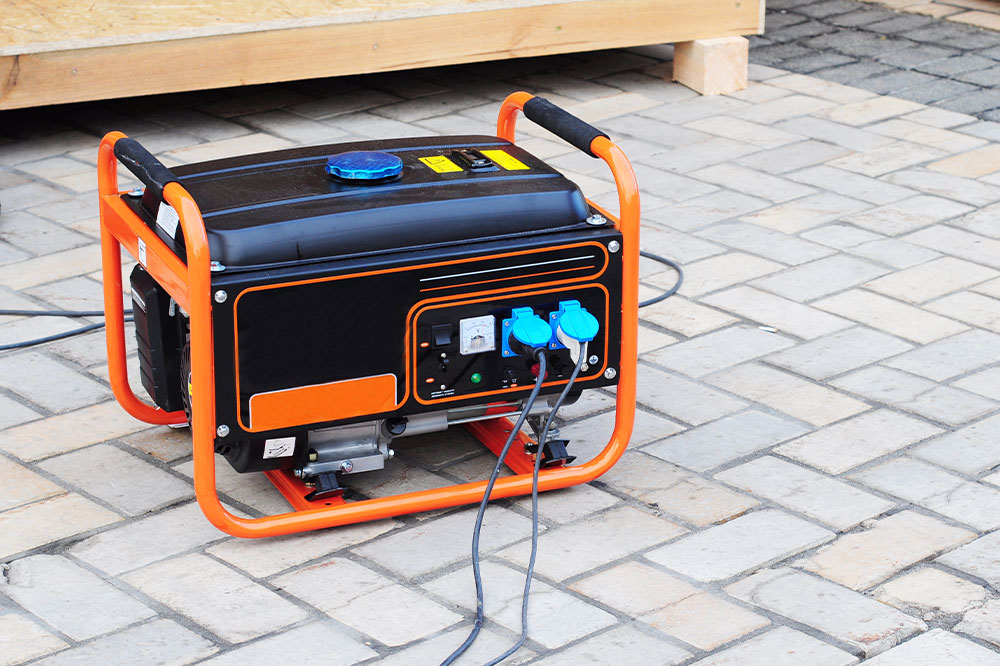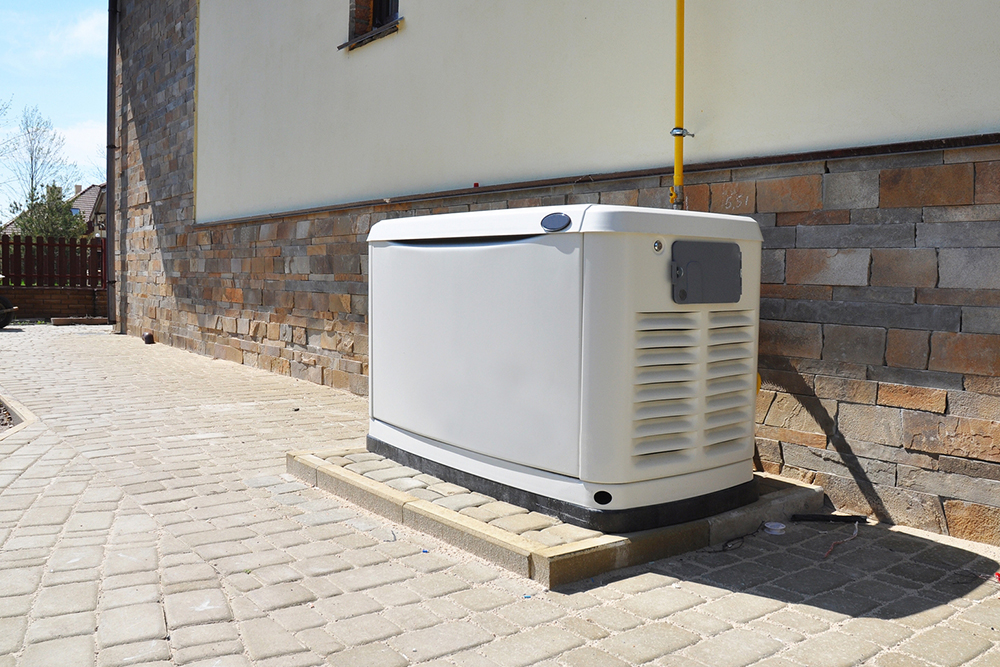Comprehensive Guide to Residential Power Generators: How to Keep Your Home Powered During Outages
Discover the ultimate guide to residential power generators, including types, operational insights, safety tips, and how to choose the best backup power solution for your home. Ensure continuous power during outages with expert advice tailored for homeowners seeking reliable, efficient generators that safeguard their families and properties during emergencies.
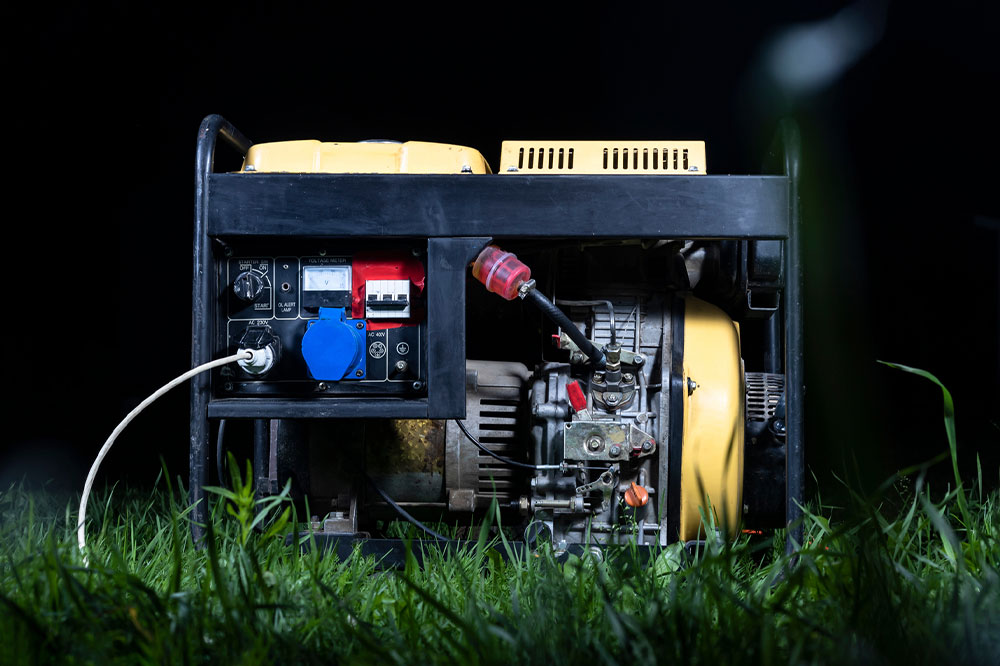
Understanding Residential Power Generators and Their Benefits
In today's rapidly evolving world, where reliance on electricity is deeply ingrained in our daily lives, having a dependable power backup system at home is essential. Residential power generators serve as a critical safeguard, ensuring that during power outages caused by storms, technical failures, or grid issues, your home remains functional, safe, and comfortable. This comprehensive guide explores everything you need to know about residential generators, including types, operational principles, safety considerations, and how to select the best model suited for your needs.
The Importance of Home Power Generators
Power outages can be more than just an inconvenience; they can pose serious safety hazards and disrupt daily routines. Losing electricity can affect medical devices, threaten food safety, compromise security systems, and halt essential household activities. A well-chosen home backup generator can prevent these issues, providing uninterrupted power during emergencies. Especially in areas prone to severe weather events such as hurricanes, snowstorms, or tornadoes, owning a reliable generator can be a lifesaver and a way to maintain peace of mind.
Types of Residential Power Generators
When considering a home generator, it's important to understand the different types available, their features, and their ideal use cases. Each type caters to varying needs, budgets, and property sizes. The main categories include whole house generators, portable generators, and inverter generators, each with unique functionalities and advantages.
Whole House Generators
These are stationary, permanently installed units designed to automatically start during a power outage, restoring power to the entire home or selected circuits. Whole house generators are typically powered by natural gas or propane, which means they can operate continuously without the need for frequent refueling. They are engineered to handle the electrical load of entire households, including heavy appliances, heating or cooling systems, and security devices. Their automatic operation features, including transfer switches, make them highly convenient. Installation costs generally range from $6,000 to $11,000, depending on the capacity, brand, and complexity of the installation process. When selecting a whole house generator, prioritize models known for quiet operation, durability, self-diagnostic capabilities, and ease of maintenance.
Portable Generators
Designed for flexibility and ease of transport, portable generators run on gasoline or diesel fuel and can be moved to different locations as needed. They are ideal for powering small appliances, light fixtures, and electronic devices during outages or outdoor activities such as camping, tailgating, or construction sites. Portable generators are simple to operate and typically produce sufficient power for essential electronics and appliances, including refrigerators, laptops, or lighting setups. They connect directly to appliances via extension cords or can be wired into your home electrical system by a licensed electrician to ensure safety and correct operation. Due to their size, portability, and fuel source, these generators are generally more affordable, with prices varying based on power output and features.
Inverter Generators
These modern generators produce high-quality, stable electricity suitable for sensitive electronic devices like computers, smartphones, and medical equipment. Unlike traditional generators, inverter models convert AC to DC and then back to AC, resulting in cleaner power with minimal fluctuations. They are compact, lightweight, and operate quietly, making them perfect for outdoor activities, camping, or backup during power outages for critical electronics. Although their price point is typically higher, their energy efficiency and ability to produce steady power make them a popular choice for small households or as supplementary backup sources. They are not designed to power entire homes but excel at providing reliable, clean power during emergencies or outdoor use.
Understanding How Gas Generators Work
Gas-powered generators employ internal combustion engines fueled by natural gas or propane. These engines convert fuel into electricity through controlled combustion, which spins a turbine connected to an alternator, generating electrical power. Larger models can support the entire household, powering multiple appliances simultaneously, while smaller units focus on essential systems like lighting, heating, and security. Automatic start-up features are common, engaging the generator quickly when power is lost. Regular maintenance, fuel supply management, and seasonal testing are key to ensuring reliable operation when needed.
Managing Noise Levels of Home Generators
Generator noise varies significantly based on size and type. Portable models are often quieter, producing minimal sound levels suitable for residential use. Larger, stationary units, especially those with higher capacity, can generate more noise, which may be disruptive. To mitigate noise pollution, consider installing soundproof enclosures, enclosures, or vibration pads. Proper placement—at least 20 feet away from windows and living spaces—is essential for reducing disturbance, particularly in homes with children or elderly residents.
Startup Time and Operational Efficiency
The time it takes for a generator to start and provide power depends on the model and features. Many units, like those from Cummins or Generac, include safety features and automatic transfer switches. These units typically wait a few seconds to detect outages, then start the engine and supply power within two to five minutes. Proper sizing ensures the generator can handle your household load efficiently, reducing startup delays and preventing overloads.
Safety Guidelines for Operating Home Generators
Safety is paramount when operating home generators. Always select an appropriately sized unit for your power needs. Never operate a generator indoors or in enclosed spaces; this can lead to dangerous carbon monoxide buildup. Use heavy-duty, outdoor-rated extension cords and install generators at least 20 feet away from your home's walls and windows. Regular maintenance, including checking fuel supplies, oil levels, and electrical connections, ensures reliable performance. Proper storage of fuel in approved containers, adherence to EPA regulations, and installation of carbon monoxide detectors further enhance safety and compliance.
Conclusion: Choosing the Right Generator for Your Home
Selecting the ideal residential generator requires assessing your household's power requirements, budget, and available space. For whole-house backup, stationary units with automatic operation are recommended, especially in severe weather areas. Portable and inverter generators provide flexible, cost-effective solutions for emergency power and outdoor use. Regular maintenance, strategic placement, and adherence to safety protocols are crucial for effective operation, longevity, and household safety. Investing in a quality generator ensures peace of mind, offering a reliable safety net during unexpected power outages.
Ensuring your home remains powered during emergencies is vital for safety, comfort, and security. By understanding the different types of home generators, their operational features, and safety considerations, homeowners can make informed decisions tailored to their specific needs. Proper installation and regular maintenance not only extend the lifespan of your generator but also guarantee dependable performance, making your home resilient against power interruptions.
